Ergonomic, visual, size – there might be several reasons for creating your own Eurorack case. They are all applicable for me, but actually it’s more the way that is the goal. Deutsche Version
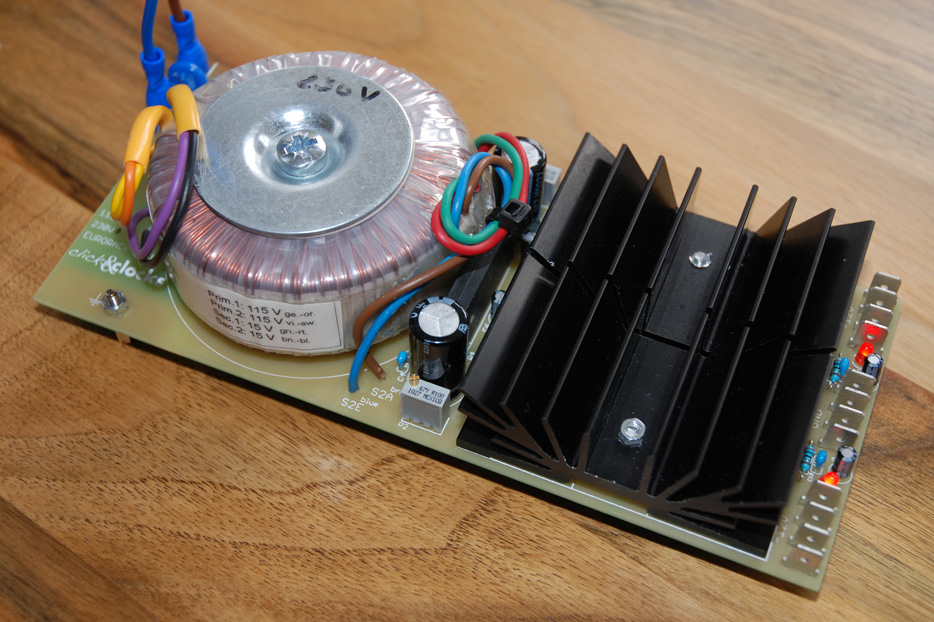
The first step to build my very own and unique case for my modular synthesizer in Eurorack format is taken. I finished the prototype of the power supply (PSU). As mentioned in an older post it is a copy of the original Doepfer PSU. To put it in nice words, I reverse engineered it. As several people mentioned this PSU might be the reference on the market for internal power supplies. I think the toroidal or ringcore transformer has clear advantages in case of low electromagnetic interference, which is important for audio usage, especially when you want to have a build-in power supply. One massive external PSU would have been an option, but I decided to build all internal with four supplies. Each delivers up to 1200 mA, which should be enough for a case of the same size as the Doepfer Monster Case.
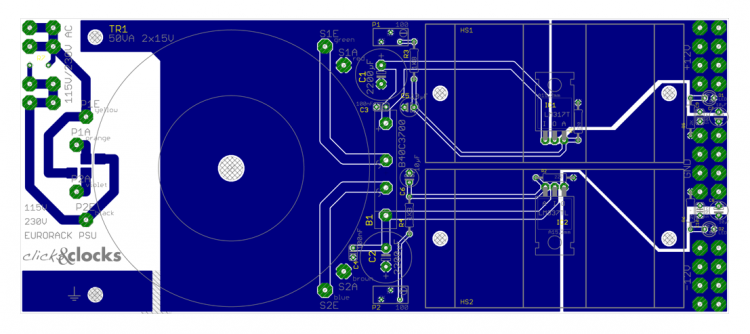
The PCB was created using Eagle. It was the first time I used this software and it is of huge benefit. I have a background in electronics and electrical engineering. But I completed my education over 20 years back. At this time we learnt everything from scratch, without any computer. Which means we had to glue the layout manually on transparent film.
In Germany we have the so called Dual Education System which gives you a solid basis in the particular field. I think I still benefit from it.
Anyhow, with Eagle it was pretty easy to create the layout. You start drawing the schematics, which is the logical basis for the PCB layout. Which is calculated and generated from the schematics. All you have to do is optimizing the layout. Be aware that your layout has to fit with the settings of your PCB supplier. Some suppliers offer their settings as download on their webpage. In my case this was Multi CB and they have a design guide, which is of great help for designing your PCBs with Eagle. In addition I had some very useful information from Dieter Doepfer. He was very supportive and gave me some details about the layer thickness of the PCBs for the power supply and the busboard. Thanks for that.

Most of the parts were ordered at Distrelec. This company has online shops in many European countries. During the research I compared prices from most of the common online shops in Germany (Conrad, Distrelec, Reichelt, Voelkner etc.). Distrelec seems to have the best offer for most of the parts.
Here is an rough overview for most of the parts. A detailed part list will be send on request.
- Distrelec – resistors, capacities, integrated circuits, potentiometers, terminals, leds, rectifier
- Top Print – transformer and hardware
- Reichelt – heat sink
- Multi CB – PCB
After finishing the soldering the only thing you need to do is the adjustment of the LM 317 and LM 337 to the exact +12V and -12V, but that’s it.
All in all, if you don’t count all the hours spent on research, creation of the layout, soldering etc. all this is profitable for five boards. But be aware, if you have never used a soldering iron before it might be difficult to achive it. And even if it is only a copy, you will need to have some knowledge to understand what you doing. Sorry if this sounds a bit sententious.
If you need additional information please contact me or write a comment.
TECHNICAL DISCLAIMER: Please be aware that the power supply carries mains voltage (115 or 230 V AC). According to the safety rules the installation has to be done by qualified personnel only. Please keep that in mind: Danger to Life!
This is a private blog, and it is about sharing experiences. No warranty at all.


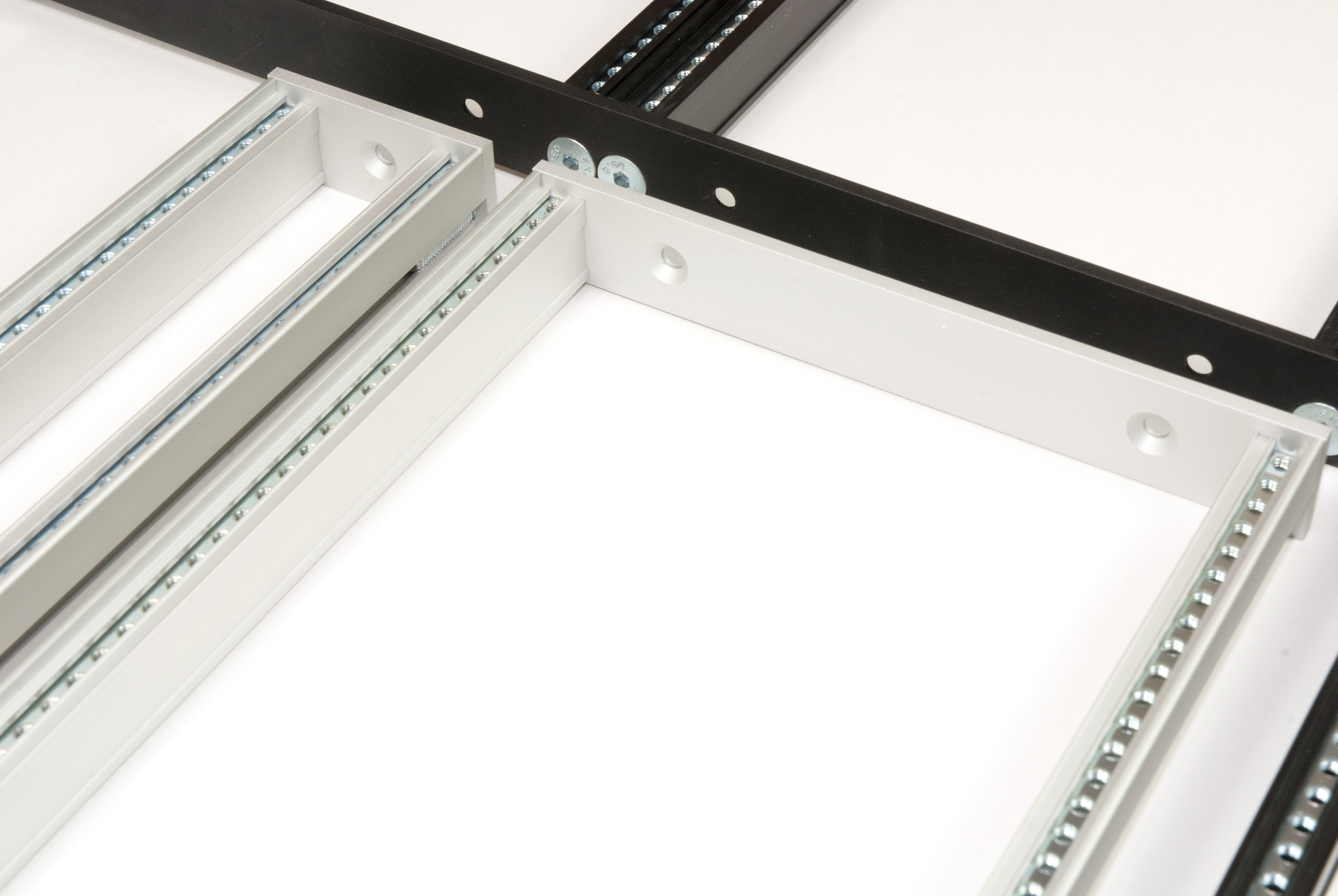
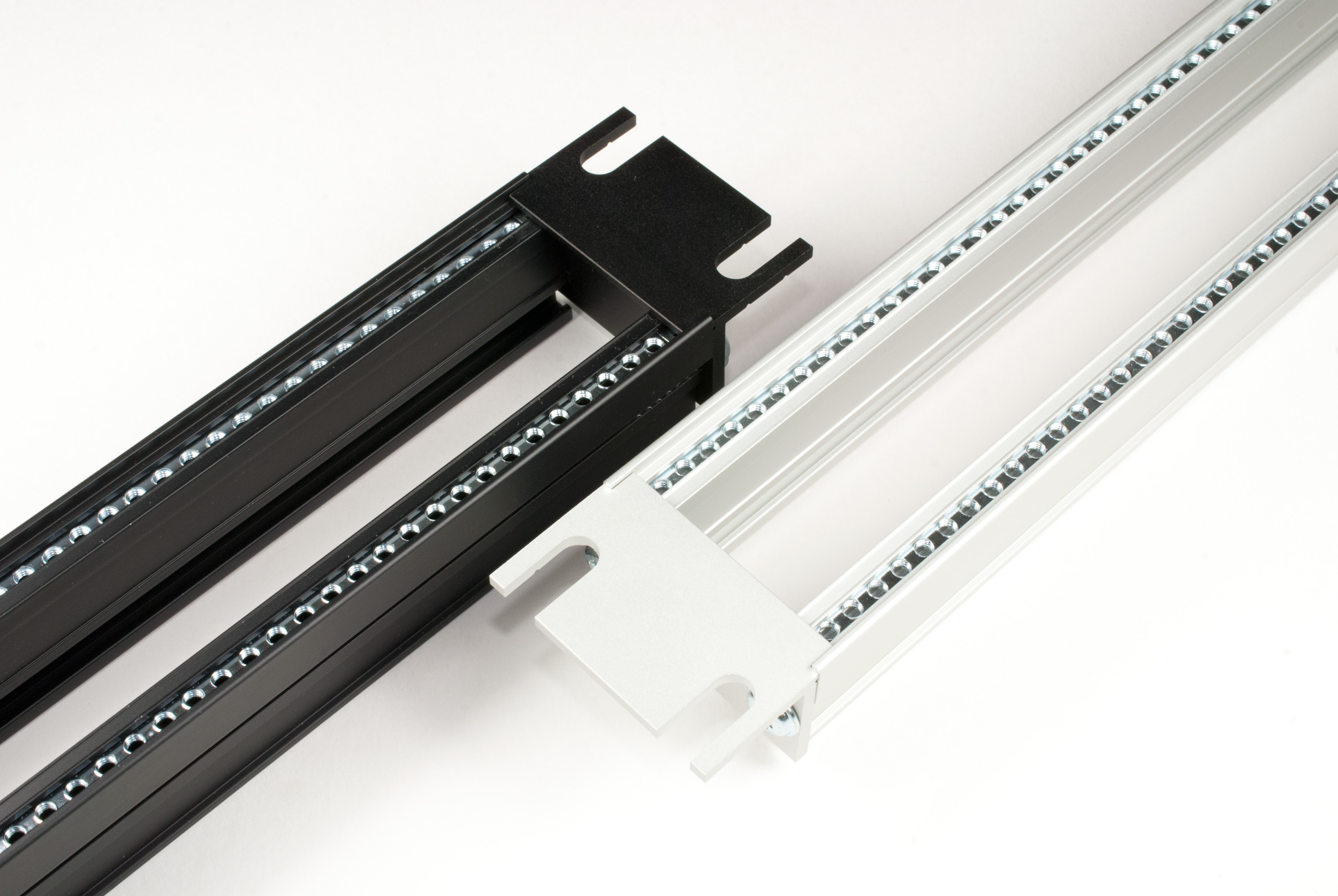

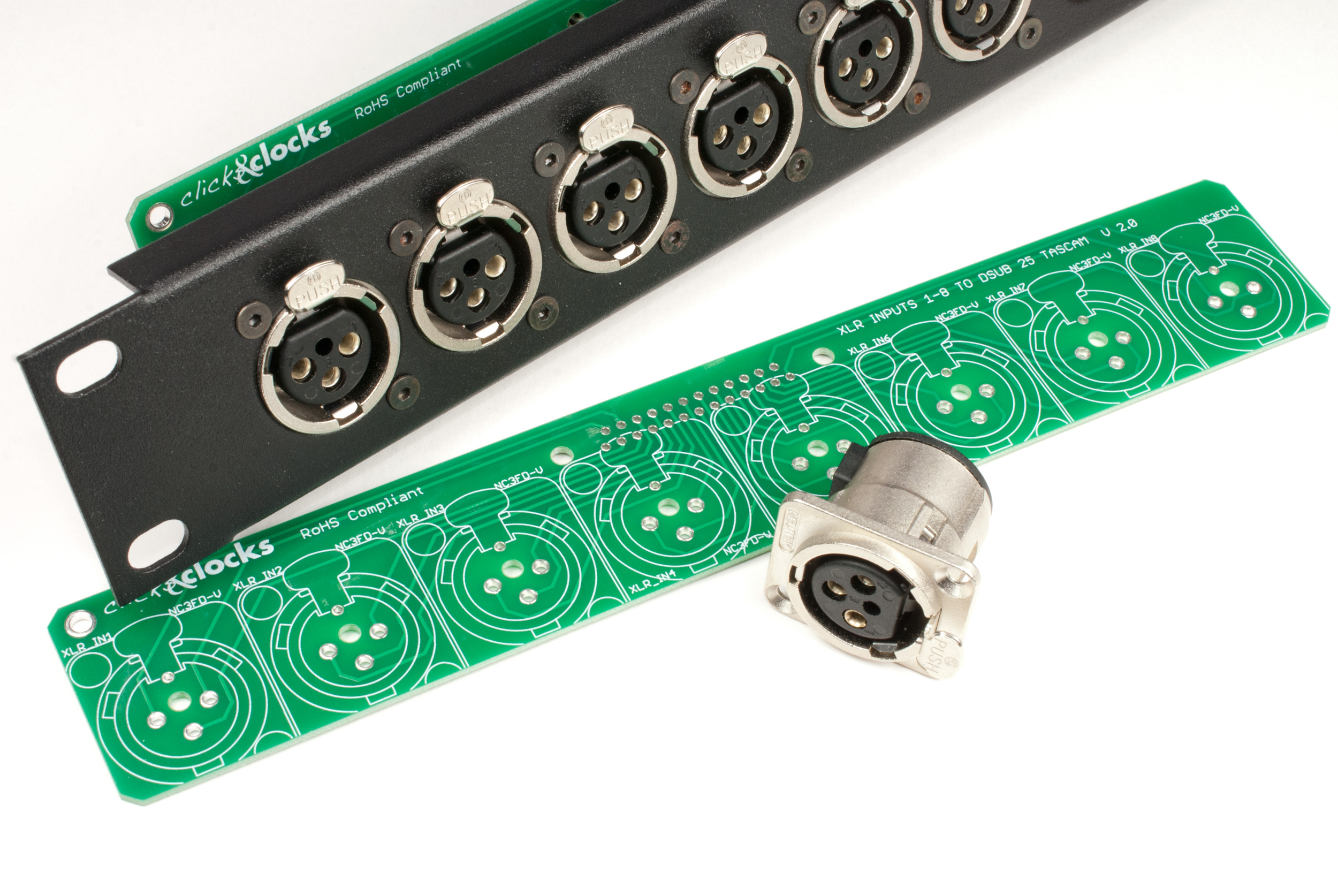

Hi,
This site rocks. I’m actually doing the same thing but with an Analogue systems PSU. Just finished the schematic design (using multisim).
What I like with this PSU board is that you have fuses for -12+ , +12v, +5V per 7x power rails.
There is also an LM339N quad-comparator onboard that makes one of 3 leds light up whenever a shortcircuit is detected.
Will closely monitor your site. Lots of good info that will help me Thx !
Benjamin
Thanks Benjamin, I actually started with Doepfer modules, that’s why I choose the Doepfer PSU. I build a 19 inch rack and had to buy a PSU for this. Doepfer was available the easiest. Then I needed a larger case, and so the whole thing started…
I guess you can not buy the Analogue Systems PSU standalone, right?
Cheers
Stefan
That’s correct, you have to buy the case which costs 500-600€’s … You can’t buy the PSU’s separately. But some call it the best psu :
http://www.youtube.com/watch?v=BvsTenEcY5k
I was thinking of selling my case & original PSU after reverse engineering it 😉 (more money to buy modules).
Another issue I’m facing is that I finished my triple living VCO’s from Juergen Haible (may he rest in peace). Want to build it in eurorack format, but it uses MOTM power supply format (+15v , -15v).
Will probably make more MOTM stuff for my eurorack, so am thinking of making a full hybrid PSU with all possible voltage rails & connectors.
I’m working on the comparator part right now. Hope to advance/finish by end of this month. If it’s done, I’ll send you some pics.
Cheers,
Benjamin
The hybrid PSU sounds interesting, that would make a lot of people happy. Being able to combine both worlds. CV and Gate should be usable cross systems (Eurorack and the 15V-World) right?
I guess you are planning to sell your AS PSU “copy” as well? I am selling mine already, but you have to be very careful because there are so many regulations for business on the web. At least here in Germany.
Actually I started this project to gather knowledge for my possible own modules. The idea is to create some tube based modules. Not a new idea, but let’s see. I like the tube sound so much.
Have you selected a supplier for the PCBs already? I was completely uncertain about this. I had never created and ordered PCBs before. And there are so many things you can do wrong.
Keep me updated.
Cheers
Stefan
Hi. Do you have Eagle files awailable for download? Or at least a schematic. I don’t see them here.